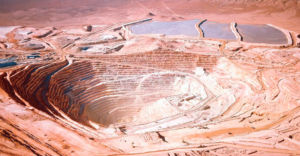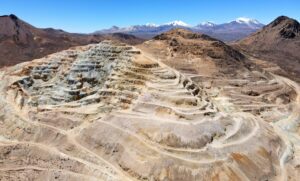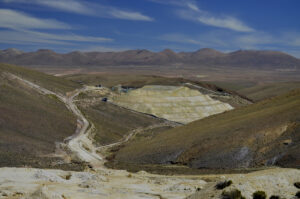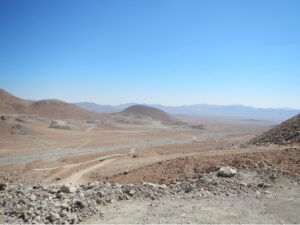
- Argentina | 12 March 2017
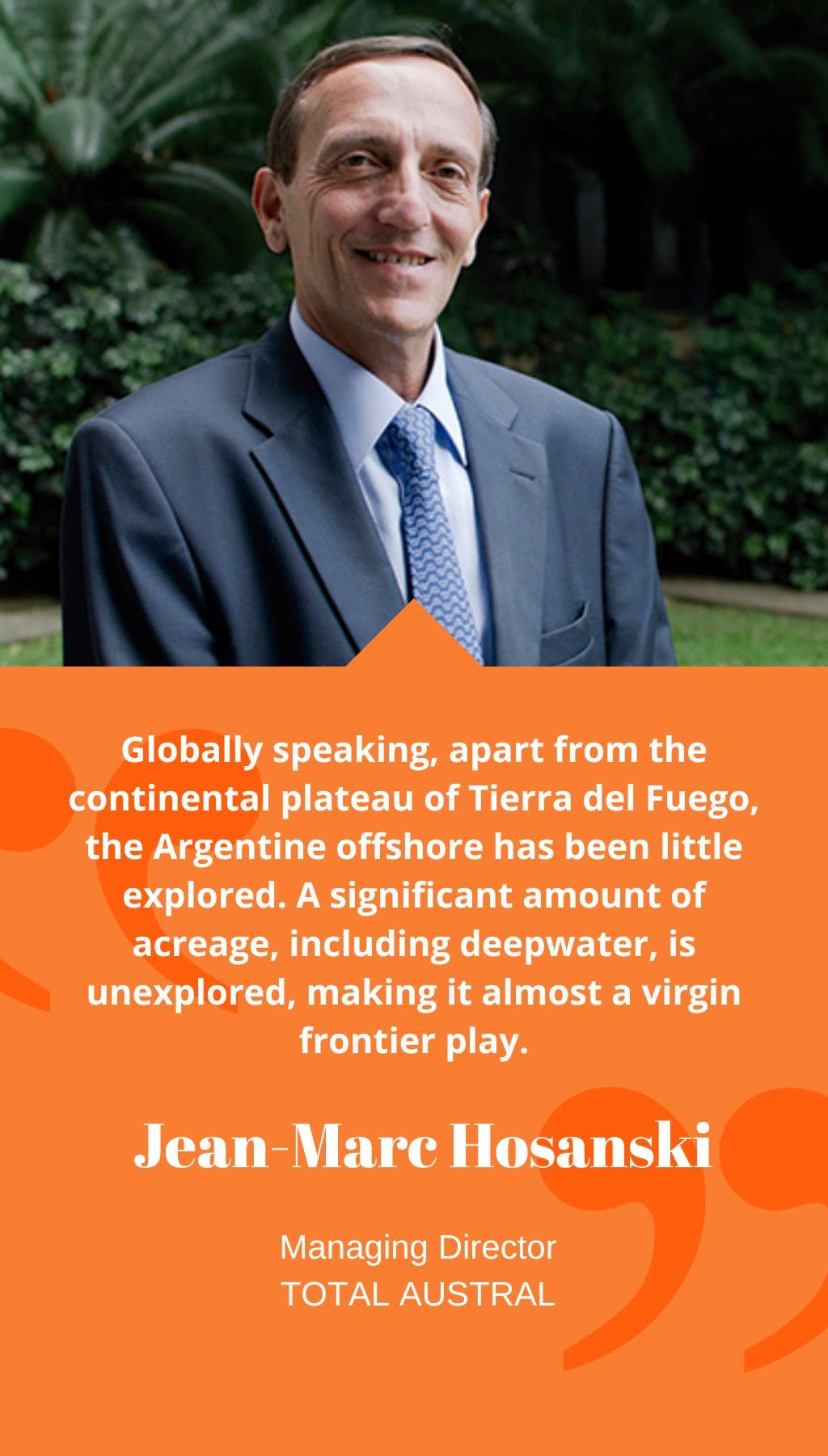
Can you discuss Total’s history in Argentina?
Total has been operating in Argentina since 1978, when it began an extensive exploration program in Tierra del Fuego. In 1981, Total discovered the Hidra offshore oilfield, followed by other discoveries such as Ara, Argo Aries, and Carina. These fields required several technical innovations, including subsea developments and very long-reach wells. In 1994, Total expanded its operations to Neuquén, where it became one of the main gas operators in the country, producing almost 30% of Argentina’s natural gas in 2014. Total is currently involved in several new gas projects, including the development of the offshore Vega Pleyade gas field in Tierra del Fuego and two shale gas pilot projects in Neuquén.
How important has pipeline infrastructure been to Total’s commercialization of natural gas in Argentina?
Pipeline infrastructure has been crucial for Total’s operations in Argentina since the main gas-producing regions are far from the main consumption centers, especially from the Buenos Aires region. Developing pipeline infrastructure to transport gas produced in Tierra del Fuego has been a determining factor in the timing of gas-field developments. For example, Carina’s offshore gas-field production had to be put on hold for a while due to a lack of capacity in southern pipeline infrastructure. Although some of the gas was exported to Chile, these exports were halted from 2007 when the domestic Argentine gas market required more supply. Today, Argentina has an extensive gas-transportation network, which is an important asset for further developing domestic production.
In 2012, the Argentine government expropriated the YPF shares of Repsol, another European energy company. How risky did Total perceive its continued presence in Argentina?
Total is a longstanding private investor in Argentina, and the company’s contribution to the local industry’s development is widely appreciated. Total does not believe that its continued presence in Argentina faces any risks of a similar nature.
What can operators do to improve productivity?
In a low-price environment, operators must develop more efficient techniques and foster cost-reducing synergies to improve productivity. Other players in the industry, such as service providers, federal and provincial authorities, and trade unions, also need to play their roles in achieving this objective. Increasing productivity is a prerequisite for making future projects economical.
What is the status of the Vega Pleyade and other fields?
Total Austral plans to put the Vega Pleyade field into production in the second quarter of 2016, and it is the company’s main project, with an investment of over $1 billion. The platform was successfully installed in October 2015, and before putting the field into production, Total will drill long-reach horizontal production wells. The Vega Pleyade field is designed to produce up to six million cubic meters of gas per day.
What kind of offshore opportunities does Argentina have?
Total is the most active player in the offshore of Argentina, with other offshore projects already on the drawing board to extend the production of the CMA-1 block, apart from Vega Pleyade. However, globally speaking, apart from the continental plateau of Tierra del Fuego, the Argentine offshore has been little explored. A significant amount of acreage, including deepwater, is unexplored, making it almost a virgin frontier play.








